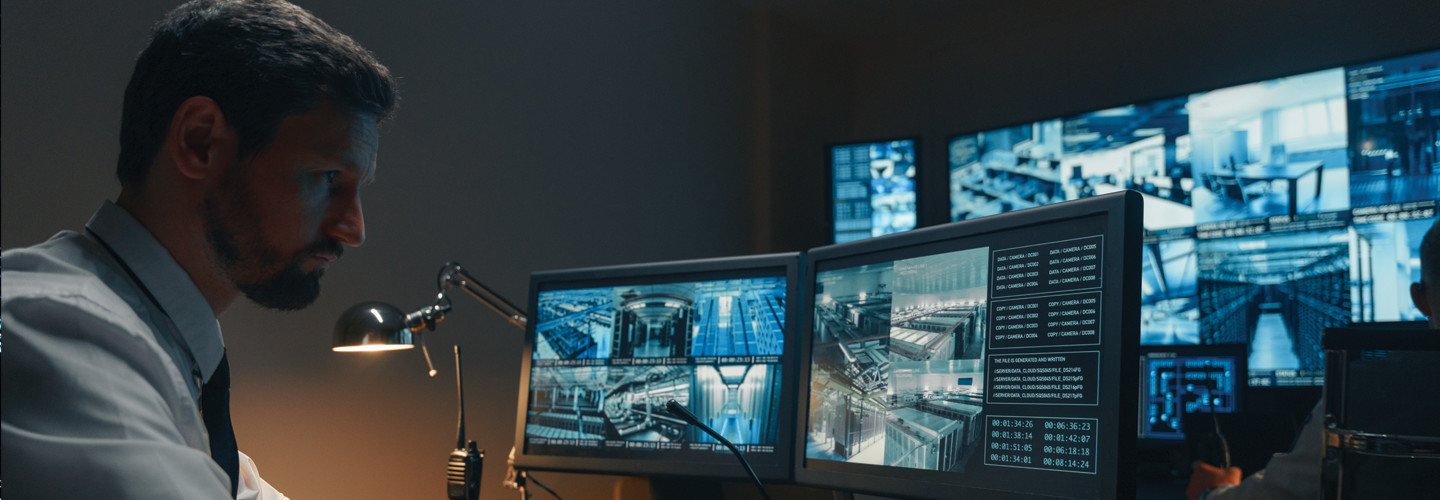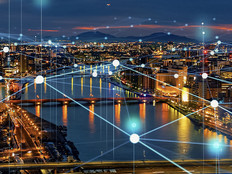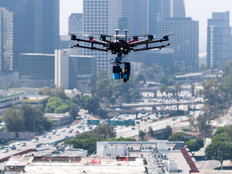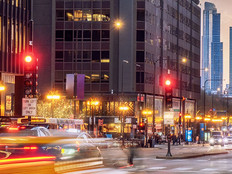Display Technologies Enhance Command Center Productivity
As personal computer displays have evolved, the bigger, brighter and sharper canvasses have proved hugely beneficial for emergency response and oversight operations.
In fact, in recent years, manufacturers have unveiled a number of ultra-widescreen desktop monitors with aspect ratios of 21:9 or greater and resolutions as high as 5K.
These generous landscape displays provide the ability to host multiple windows on a single screen, allowing workers to quickly research, evaluate, discuss and disseminate pertinent data. Curved models add ergonomic user benefits, and displays with in-plane switching panels exhibit excellent off-axis viewing that can aid in collaboration.
RELATED: What are the core technologies needed for a next-generation work center?
Custom DVLED Solutions Suit Unique Needs
In addition to individual desktop monitors, any number of large displays may be needed to share real-time surveillance feeds, images, live news feeds, charts, graphs or other data to everyone in the room.
For permanent needs, wall-mounted DVLED displays are a strong option based on their reliability, custom sizing options, off-axis visibility and an industrywide expectation of 100,000 hours of operation. For 24/7 C&C centers, this means users can expect a minimum of 11 years of consistent performance.
DVLED displays are also highly flexible. With multiple manufacturers offering customizations that include size, shape, brightness, pixel pitch and curvature, DVLED displays can fit virtually anywhere they are desired, even on curved walls or pillars.
When combined with proper content management systems, users can split up and arrange the available screen space to broadcast multiple feeds from various sources. Some models offer specialized features or add-ons, such as weatherproofing for dusty or humid environments or ambient light sensors that enable automatic brightness adjustments.
EXPLORE: How can agencies benefit from using advanced video wall technology?
LCD and Projection Open More Options for Government Agencies
Video walls also make up a significant share of screen real estate in modern C&C centers, with LCD panels providing up to 4K resolution, consistent color and brightness, and the ability to use individual panels to present individual inputs. There are many LCD options to choose from, with 4K bezel-less and ultrathin models representing the cream of the crop. Based on budget and needs, paneled video wall configurations may be as small as 2 feet by 2 feet, or as big as 5 feet by 5 feet or even larger.
Because the control room is a mission-critical environment, power and signal redundancy is very important. Even if there is a problem with the power supply, some video wall displays can operate using a backup. Moreover, in the event of a problem with the signal supplied on the large screen, viewers are able to see the content on the rest of the modules — excluding the LED module with the problem — via a different signal delivery system.
Such remote power supplies allow stable power management, convenient service, efficient space utilization, and reduced noise and heat.
In order to support overflow workers or enable temporary use of other spaces, multiple manufacturers also offer mobile LCD displays on wheeled carts or moveable stands. This can add flexibility to any size C&C center and may also be a desired solution to temporarily reduce room congestion for operational efficiency or social distancing.
Projectors are the final display solution used in C&C centers, though they are less common. The core advantage of projection systems is that they don’t necessarily require permanent installation, so they can be moved to other rooms and allow adjustment for picture size to accommodate extra staff or outside participants. This can be beneficial for training or for major occurrences where multiple agencies or departments send representatives to work in and monitor the C&C center.












